Table of Contents
List of Figures
- Figures in Chapter 1
- Figures in Chapter 2
- Figures in Chapter 3
- Figures in Chapter 4
- Figures in Chapter 5
- Figures in Chapter 6
- Figures in Chapter 7
- Figures in Chapter 8
- Figures in Chapter 9
- Figures in Chapter 10
- Figures in Chapter 11
- Figures in Chapter 12
- Figures in Chapter 13
- Figures in Chapter 14
- Figures in Chapter 15
- Figures in Chapter 16
- Figures in Chapter 17
- Figures in Chapter 18
- Figures in Chapter 19
- Figures in Chapter 20
- Figures in Guided Learning Unit 1
- Figures in Guided Learning Unit 2
- Figures in Appendix C
List of Tables
- Tables in Chapter 2
- Tables in Chapter 3
- Tables in Chapter 4
- Tables in Chapter 5
- Tables in Chapter 6
- Tables in Chapter 7
- Tables in Chapter 8
- Tables in Chapter 10
- Tables in Chapter 16
- Tables in Chapter 18
- Tables in Chapter 20
- Tables in Guided Learning Unit 2
- Tables in Appendix A
- Tables in Appendix B
Landmarks
Materials
Engineering, Science, Processing and Design
Fourth Edition
Mike Ashby
Hugh Shercliff
David Cebon
Department of Engineering, University of Cambridge, UK
Table of Contents
Copyright
Butterworth-Heinemann is an imprint of Elsevier
The Boulevard, Langford Lane, Kidlington, Oxford OX5 1GB, United Kingdom
50 Hampshire Street, 5th Floor, Cambridge, MA 02139, United States
First published 2007
Second edition 2010
Third edition 2014
Fourth edition 2019
Copyright 2019 Elsevier Ltd. All rights reserved.
No part of this publication may be reproduced or transmitted in any form or by any means, electronic or mechanical, including photocopying, recording, or any information storage and retrieval system, without permission in writing from the publisher. Details on how to seek permission, further information about the Publishers permissions policies and our arrangements with organizations such as the Copyright Clearance Center and the Copyright Licensing Agency, can be found at our website: www.elsevier.com/permissions.
This book and the individual contributions contained in it are protected under copyright by the Publisher (other than as may be noted herein).
Notices
Knowledge and best practice in this field are constantly changing. As new research and experience broaden our understanding, changes in research methods, professional practices, or medical treatment may become necessary.
Practitioners and researchers must always rely on their own experience and knowledge in evaluating and using any information, methods, compounds, or experiments described herein. In using such information or methods they should be mindful of their own safety and the safety of others, including parties for whom they have a professional responsibility.
To the fullest extent of the law, neither the Publisher nor the authors, contributors, or editors, assume any liability for any injury and/or damage to persons or property as a matter of products liability, negligence or otherwise, or from any use or operation of any methods, products, instructions, or ideas contained in the material herein.
Library of Congress Cataloging-in-Publication Data
A catalog record for this book is available from the Library of Congress
British Library Cataloguing-in-Publication Data
A catalogue record for this book is available from the British Library
ISBN: 978-0-08-102376-1
For information on all Butterworth-Heinemann publications visit our website at https://www.elsevier.com/books-and-journals

Publisher: Katey Birtcher
Acquisition Editor: Steve Merken
Editorial Project Manager: Nate McFadden
Production Project Manager: Sreejith Viswanathan
Cover Designer: Christian Bilbow
Typeset by TNQ Technologies
Preface
Science-led or Design-led? Two approaches to materials teaching
The traditional approach to materials teaching starts with fundamentals: the electron, the atom, atomic bonding, and packing, crystallography, and crystal defects. Onto this is built alloy theory, the kinetics of phase transformations and the development of the microstructure on scales made visible by electron and optical microscopes. This sets the stage for the understanding and control of properties at the millimetre or centimetre scale at which they are usually measured. This science-led approach is grounded in a deep physical understanding of the origins of material properties but gives less emphasis to the behavior of structures and components in service, or methods for material selection and design (the schematic below, reading from left to right).

Science-led and Design-led approaches to materials teaching, and the length scales involved.
The alternative approach is design-led (the schematic, reading from right to left). The starting point comprises the requirements that materials must meet if they are to perform well in a given design. To match material to design requires a perspective on the range of properties they offer, how these properties combine to limit performance, the influences of manufacturing processes on properties, and the environmental impact over the product life-cycleall coupled to the need to access data and expertise to evaluate them. Once the importance of each property is established, there is a clear platform and motivation from which to drill down, so to speak, to examine the science that lies beneath itvaluable because an understanding of the fundamentals itself informs material choice, processing, and usage.
Each approach has its place. The best choice depends on the nature of the course and the aspirations of the student. If the intent is to educate future scientific researchers, the first is the logical way to go. If it is any branch of engineering, design, or applied industrial research, the second makes better sense. This book follows the second, design-led, approach, while providing a balanced treatment of the fundamentals.
What is different about this book?
There are many books about the science of engineering materials; many more about design. What is different about this one?
First, its design-led approach , specifically developed to guide material selection and understanding for a wide spectrum of engineering courses. The approach is systematic, leading from design requirements to a prescription for optimized material choice, illustrated by numerous case studies. Practice in the approach is provided by worked Examples in the text and Exercises at the end of each Chapter.


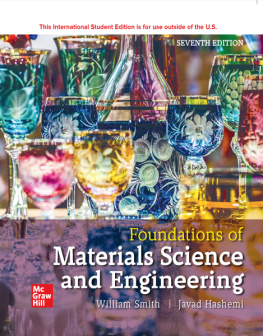
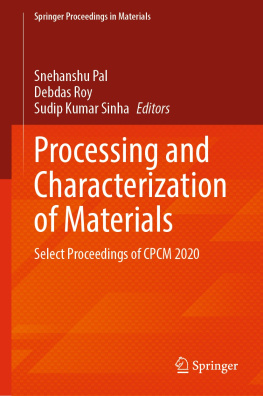
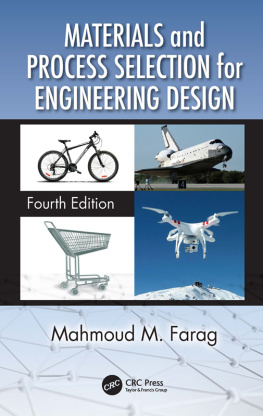
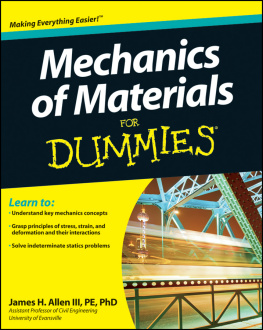
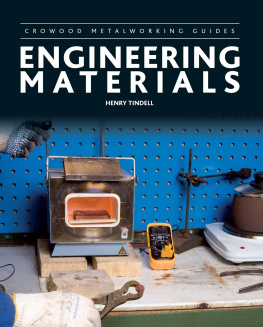
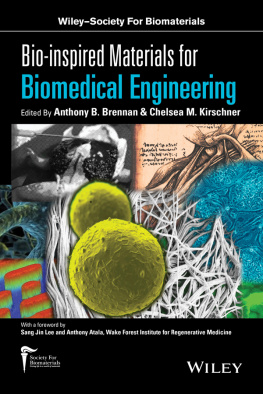



 Science-led and Design-led approaches to materials teaching, and the length scales involved.
Science-led and Design-led approaches to materials teaching, and the length scales involved.